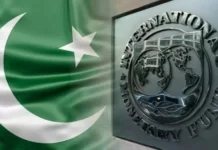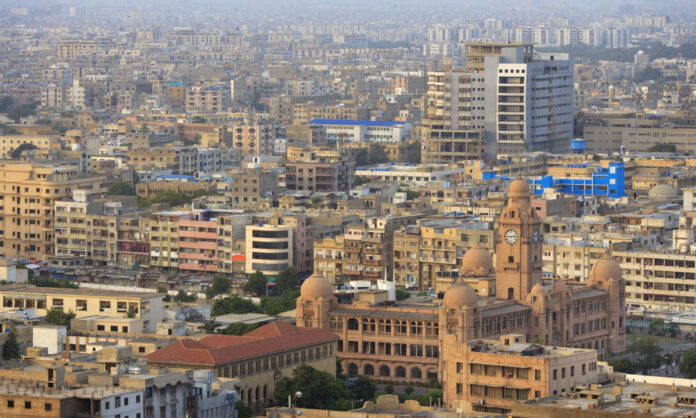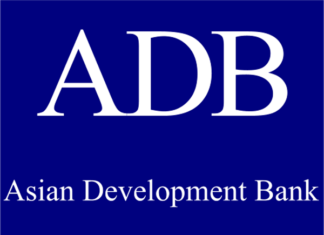Karachi has once again ranked among the bottom five in The Economist Intelligence Unit’s (EIU) annual Global Liveability Index, placing 170th out of 173 cities surveyed worldwide. The metropolis, Pakistan’s largest city and economic hub, scored just 42.7 out of a possible 100, continuing a trend of poor showings in recent years.
Karachi narrowly outperformed only Dhaka, Tripoli, and Damascus in the 2025 rankings. It remained the sole Pakistani city included in the index.
The Global Liveability Index, compiled by EIU — the research and analysis division of The Economist — assesses urban quality of life across five broad categories: stability, health care, culture and environment, education, and infrastructure. The annual survey is widely used by multinational corporations and governments to determine expatriate hardship allowances.
At the top of the 2025 list was Copenhagen, Denmark, with a score of 98.0, followed by Vienna and Zurich (97.1), Melbourne (97.0), and Geneva (96.8).
Karachi’s performance has shown little improvement over the years. In the 2023 rankings, it was placed 169th, and previously has been grouped alongside cities such as Lagos, Tripoli, Algiers, and Damascus. Persistent challenges related to urban governance, infrastructure quality, and public safety have contributed to the city’s low scores.
Structural and Social Inefficiencies
A 2023 report by the Asian Development Bank (ADB) had similarly warned that livability across Pakistani cities, especially Karachi, is deteriorating due to increasing inefficiencies, congestion, and urban fragmentation. The report highlighted stark inequalities, noting that wealthier populations reside in cantonments and gated communities, while low-income groups are concentrated in poorly serviced areas such as Karachi East.
Further compounding the issue are religious and ethnic divides, limited urban planning, and environmental degradation. The ADB noted that while most Pakistani cities expand horizontally, Karachi is increasingly being forced to build vertically due to land constraints and rapid population growth.
A City Perceived as High-Risk
In July 2024, Karachi was ranked the second riskiest city for tourists by Forbes Adviser, scoring 93.12 out of 100 on its risk index. The ranking cited Karachi’s high exposure to crime, terrorism, economic instability, and poor infrastructure.
According to Forbes, Karachi held the highest personal security risk among major cities surveyed. It also had the fourth-worst infrastructure security rating and a U.S. State Department travel advisory level of 3 — “Reconsider Travel.”
Despite its economic importance and cultural vibrancy, Karachi continues to grapple with chronic issues related to governance, security, public services, and urban cohesion — factors that remain barriers to any significant improvement in its global liveability ranking.























